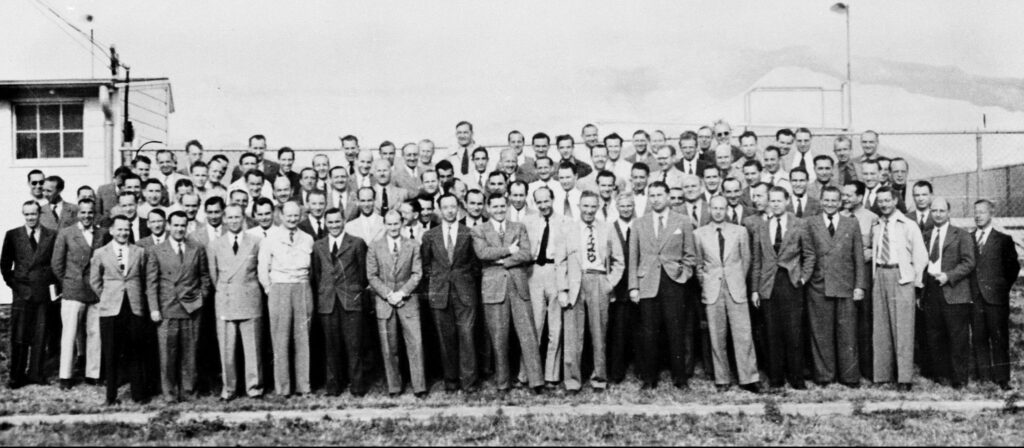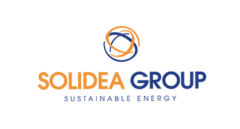
104 Rockets Scientists at Fort Bliss, Texas 1946
At the end of World War II, the United States faced an urgent dilemma. The Axis powers, though defeated militarily, had amassed a trove of scientific breakthroughs—in rocketry, fuels, metallurgy, and chemical synthesis—that risked falling into Soviet hands. Rather than destroy this knowledge, the U.S. launched Operation Paperclip, a secret program to recruit over 1,600 German and Austrian scientists, engineers, and technologists.
Among them were individuals who had worked on the V-2 rocket, nerve agents, synthetic fuels, and aviation—some of the most advanced military-industrial technologies of the era.
Though controversial, Paperclip was not just about weapons. It was about sovereignty through knowledge. The U.S. understood that if it wanted to lead the world, it had to own the future—scientifically, industrially, and ideologically.
It succeeded. Paperclip gave America NASA, advanced materials, synthetic chemistry, and the infrastructure of the Cold War economy.

